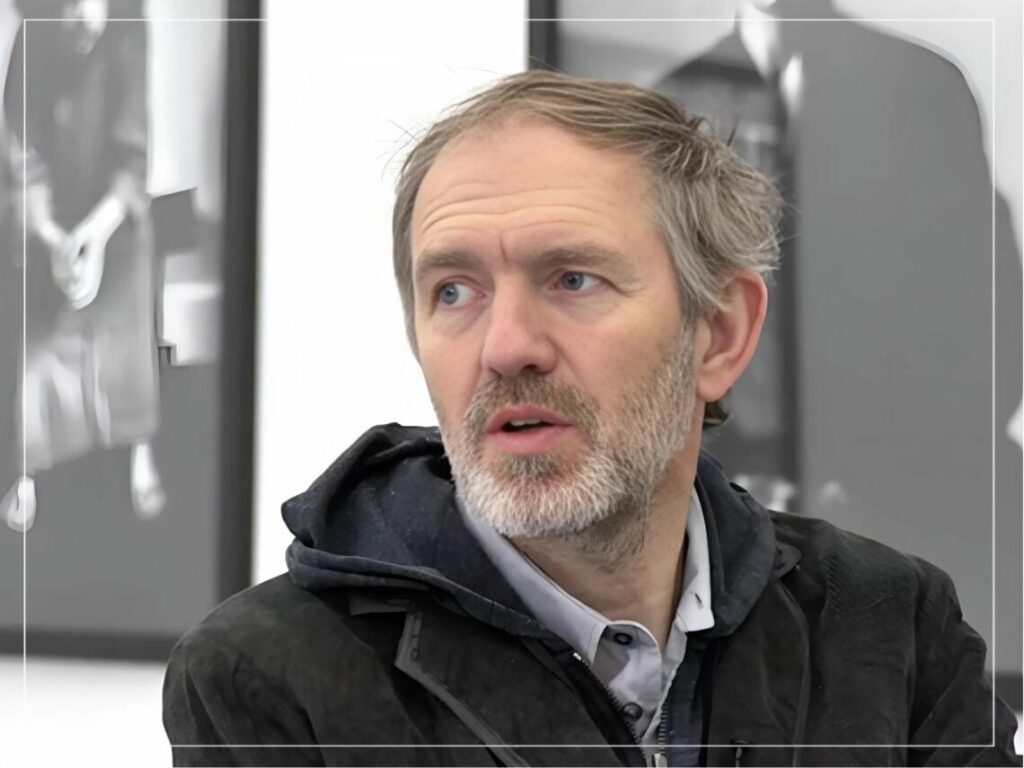In the name of artistic nihilism: Anton Corbijn’s favourite lyric of all time
 Posted On
Posted On
(Credit: YouTube)
“Sometimes, the artists themselves have initial ideas, and with Depeche Mode, it usually comes from me. When it comes to U2, it’s more of a collective effort.” – Anton Corbijn
Even those with little in-depth knowledge of Anton Corbijn will likely have encountered some of his work in some capacity. Corbijn is not just one of the most prolific visionaries in music history; he has also captured the atmospheric undertones of some of the most defining moments in music. Starting as a hobbyist photographer, Corbijn soon became one of the most authentic collaborators ever.
Growing up in the Netherlands, Corbijn cultivated the kind of quiet demeanour that often later flourishes into creative brilliance. Unimpressed by the music scene in the immediate vicinity, he became drawn to the kind of liberation that appeared to be occurring on the other side of the veil that directly opposed his religious upbringing.
His shyness was the reason he eventually picked up a camera one day while watching a band he enjoyed playing a live show in a new town he had just moved to. Too reserved to go alone, at least not with any obvious purpose from an outsider looking in, Corbijn borrowed his father’s camera and took a handful of shots before sending them to a magazine which published them.
Just 17 at the time, he realised he had accidentally found his calling. However, in the Netherlands, you weren’t really taken seriously if you wanted to pursue photography, so Corbijn found it difficult to get any more of his photos published or even be accepted onto a photography course. He was also largely self-taught, which meant he developed a style and approach that was uniquely his, but this wasn’t an appreciated skillset until he moved to London in 1979.
This choice could be traced down to his love for a small, lesser-known band called Joy Division. “That’s why I moved in a way,” he once admitted, a bold statement that wouldn’t hold as much poignancy had Corbijn not experienced a pivotal career moment when he captured the band in black-and-white, spotlighting the atmospheric and moodiness of their music.
Recalling the first time he met his idols, Corbijn said he managed to somehow track them down within two months of moving to London and met them at Lancaster Gate tube station. His recollection of events seems as though it started off a little awkwardly, but now it seems blanketed in the magic embrace of history and hindsight. “We didn’t say much. I couldn’t say much,” he said, but that didn’t distract from how much he remained in “in awe of them” from day one.
In 2013, Corbijn participated in a flash campaign for HMV, which required coveted industry figures to pinpoint their favourite music lyrics. Given his rise to fame, it’s no surprise Corbijn chose a line from Joy Division’s ‘Heart and Soul’, specifically: “Existence, well, what does it matter? / I exist on the best terms I can / The past is now part of my future / The present is well out of hand.”
Executed in the band’s signature nihilistic tone, this particular lyric also reflects Corbijn’s lifelong desire to break the mould, not just in the confines of his religious upbringing but in the stories he wanted his photography to convey. The lyrics, besides suggesting the meaninglessness of existence, align with Corbijn’s artistic vision and ability to peel back the layers of expression, leaving little than the stark contrasts of light and dark.
[embedded content]
Related Topics


